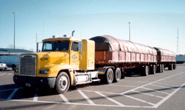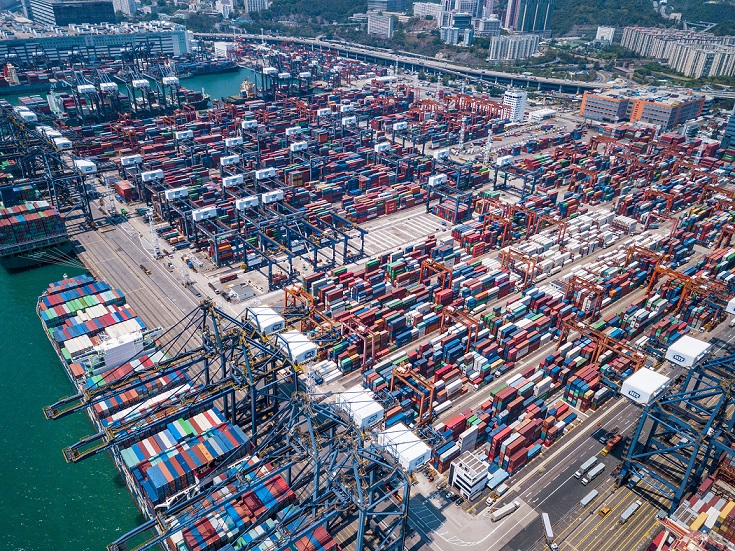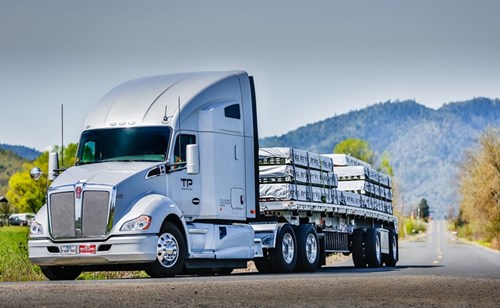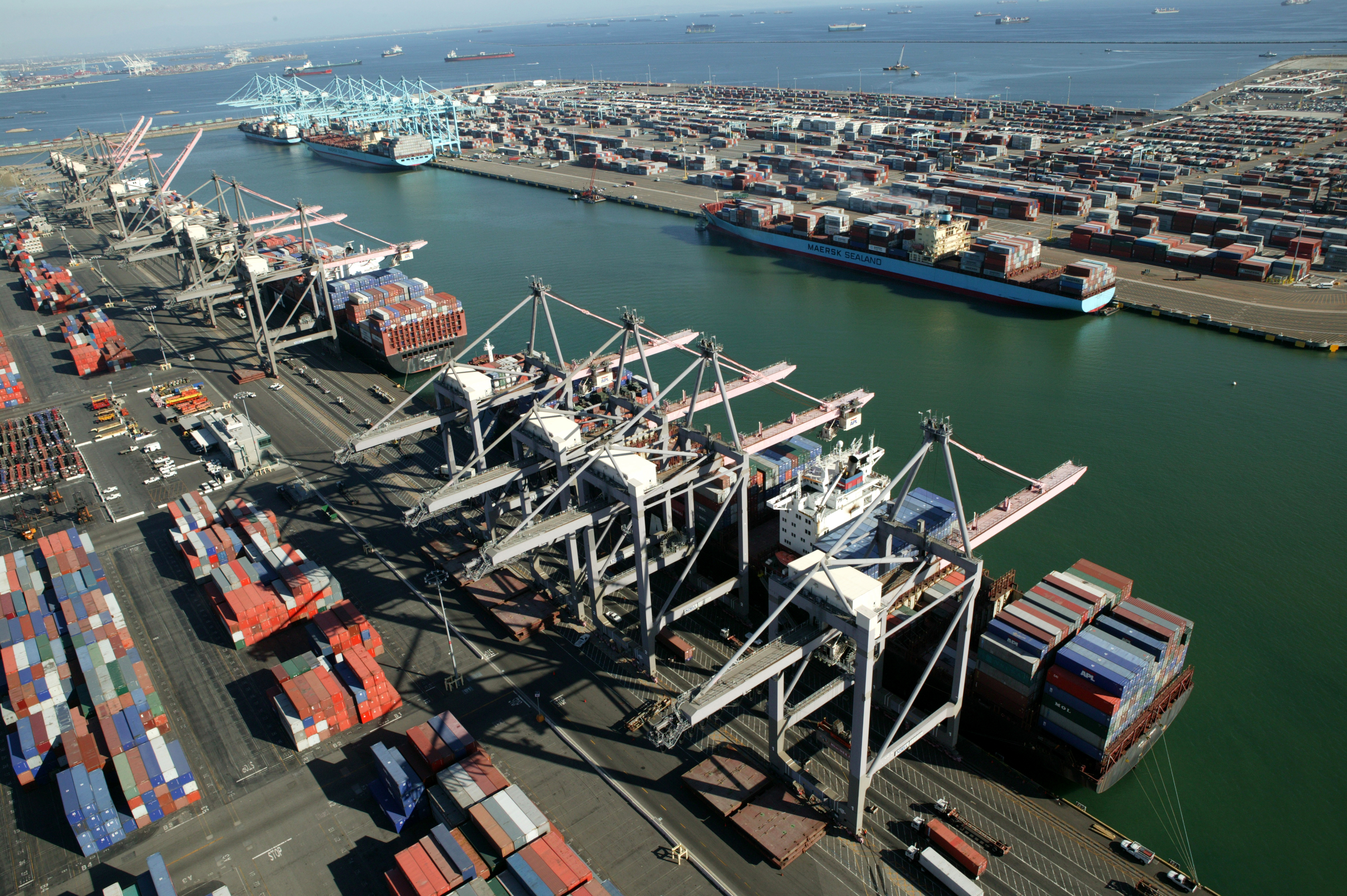Shipping and Logistics

Hectic Year for Freight Aggravates Driver Shortage
Written by Tim Triplett
October 19, 2020
2020 has been one of the most volatile years the freight markets have ever seen, but the issues of most concern to truckers remain largely the same. Retaining drivers and improving cash flow are the top two concerns among trucking companies polled this summer by industry information provider FreightWaves.
“The market has experienced wild demand swings and abrupt supply disruptions over the past eight months. In addition, individual companies have had to learn to operate in a completely new environment and come up with innovative ways to ensure their employees’ safety. Overall, driver retention and cash flow seemed to be the most prevalent industry challenges on operators’ minds,” reported the researchers in a recently released white paper.
What do you believe are your company’s three biggest business challenges?

FreightWaves’ findings align with those of the American Transportation Research Institute (ATRI), which has had the driver shortage at the top of its annual list of concerns for four years running.
The transportation and logistics industry has undergone a technological revolution in recent years, but research shows that many industry players have been left behind. Small and mid-sized truck fleets with less diversified customer bases are disproportionately at risk of cash flow problems that hamper their investments in new technology. Even half of the large carriers (500+ trucks) surveyed said refreshing technological infrastructure is among their companies’ biggest challenges.
With small carriers making up most of the capacity on the road, their inefficiencies can be felt across the entire industry. Survey results show that carriers with fewer than 50 trucks are not readily embracing technology. Less than 50% of small carriers surveyed were operating with a transportation management system (TMS). This number was much smaller–about 20%–among mid-sized and large respondents.
COVID-19 has only exacerbated the need for technology, as fleets must find ways to perform their duties while remaining socially distant. Many manual processes are no longer feasible in this new contact-less environment. One of these processes includes proof-of-delivery forms or bills-of-lading, yet mobile scanning solutions and automated billing have not yet become industry standards. Most small and mid-sized carriers surveyed do not use a mobile scanning solution, and only two-thirds of large carriers said they do.
Technology adoption among carriers in general is slow and still in its early stages. The most basic technological need of a carrier–a TMS–is only used by 45% of small carriers. One notable exception has been the adoption of electronic logging devices (ELDs), which are now federally mandated.

Tim Triplett
Read more from Tim TriplettLatest in Shipping and Logistics

Longshoremen ratify contract with maritime alliance
Nearly 99% of ILA members voted in favor of a new labor deal with the United States Maritime Alliance that covers workers at ports on the Atlantic and Gulf coasts.

Reibus: Flatbed rates up slightly but uncertainty ahead
With construction seasonally soft, the flatbed market remains softer than the other main trailer types.

US-flagged ore shipments on Great Lakes down in 2024
The Lake Carriers’ Association reported a 4.5% y/y decline in December’s ore shipments of 4.6 million short tons.

ILA, port operators reach tentative deal to avoid strike
Both sides had agreed to extend the current contract to Jan. 15 to continue talks

Wittbecker: Challenges ahead for container freight in 2025
In 2024, volatility with a capital “V” has been the rule. That will remain high heading into 2025.
